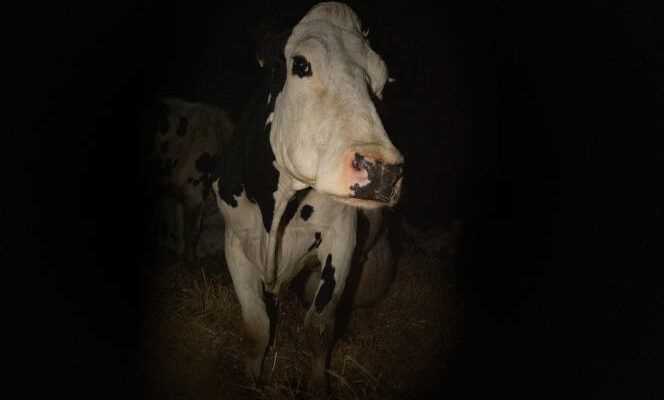OFFICIAL SELECTION – CANNES PREMIÈRE AND SPECIAL SCREENING
Two documentaries presented the same day at the Cannes Film Festival, Thursday July 8, in different sections of the official selection – Cannes Première for Cow and in a special session for H6 – share the relationship between physical pain and money. Their subjects – the life of a dairy cow on an English farm and the operation of a public hospital in Shanghai – could apparently not be more distant, geographically, politically, and yet this programming coincidence requires the connection. These are two painful shows, and yet, arriving at the end of both, one cannot help being convinced of their necessity, and, by the same token, of that of the cinema of the real.
One can easily imagine that Andrea Arnold embarked on the business of Cow to purify herself after the rather unfortunate (for her) Hollywood experience of the series Big Little Lies, of which she directed the second season but was excluded from the cut. For several months, armed with a small camera, she filmed a calving then followed the mother and the calf, a heifer called after her father to give her milk to everyone, except the calves she will give birth. Much more than the sequence of the birth, it is the following one, which observes the manner at the same time good-natured and detached in which the breeders separate the young from the mother who gives the framework of the film.
In “Cow”, Andrea Arnold does not seek to “adopt the point of view of the animal”, which would be as impossible as foolish.
The life of cows is governed by economic necessities alone. Whether you burn the horns of the newborn, teach her to suck from a plastic tip rather than the udder of her mother, or lead her to the breeding bull, or we push it, pull it, spike it or brand it, the objectives are always the same: to produce as much milk as possible for human consumption.
You don’t need a movie to realize this. Andrea Arnold does not seek, moreover, to “adopt the point of view of the animal”, which would be as impossible as fool. It is rather a question of giving a cinematographic form to this existence entirely subjugated to foreign needs. She succeeds by dint of curiosity but also of skill, sparing a few bucolic breaks (after all, we are in Constable’s country), which furthermore demonstrate that the fate of the farm animals, which graze in the meadows in the beautiful season, is not the worst of those experienced by farm animals.
You have 36.51% of this article to read. The rest is for subscribers only.
